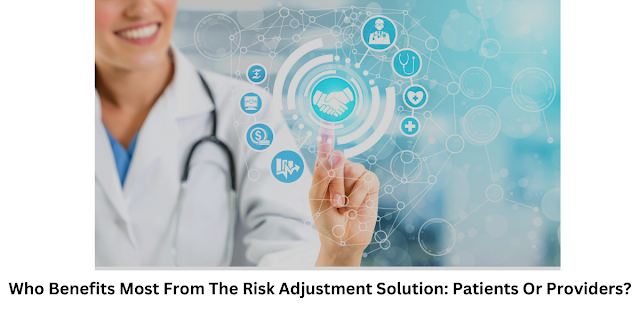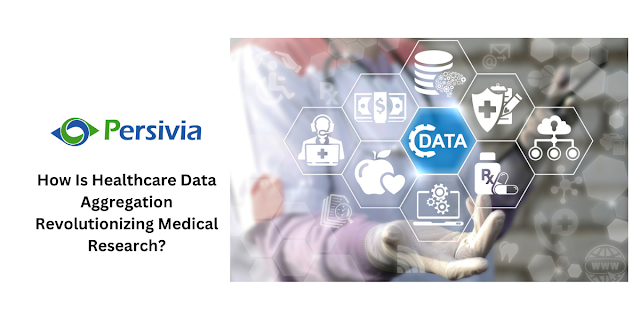Who Benefits Most From The Risk Adjustment Solution: Patients or Providers?
One question arises regarding the healthcare landscape: Who gains the most from the Risk Adjustment Solution (RAS)? Is it the patients, who receive better-tailored care and improved health outcomes, or is it the healthcare providers, who can optimize their revenue through accurate and advanced technology integration? Let’s find out!
What is a Risk Adjustment Solution?
RAS is a systematic approach used by healthcare units to analyze the health quality of their patient population. It involves identifying and coding patients' medical conditions, crucial for determining reimbursement levels from insurance providers like Medicare Advantage.
The Role of HCC Coding
HCC Coding is a critical component of RAS. These codes indicate a patient's health complexity, influencing provider reimbursement. But who benefits most from this coding system?
Key Benefits For Patients
Patients benefit from the Risk Adjustment Solution in several ways:
- Improved Care
RAS encourages thorough diagnosis and documentation, leading to more accurate and tailored care plans. Patients receive the right treatments, resulting in improved health outcomes.
- Cost Savings
Accurate coding prevents unnecessary tests and treatments, saving costs for patients and healthcare systems.
- Enhanced Preventive Care
RAS incentivizes providers to focus on preventive care, declining healthcare outlay in the long run by handling chronic disorders proactively.
Key Benefits For Providers
Healthcare providers also gain significantly.
- Revenue Optimization
Accurate HCC coding ensures providers receive appropriate reimbursements, allowing them to invest resources and enhance patient care.
- Resource Allocation
Providers can allocate resources more effectively with a better understanding of patient health needs, improving overall care quality.
- Data-Driven Decision-Making
RAS provides data insights into patient health trends, enabling providers to make informed care decisions.
The Role of Natural Language Processing
NLP technology has revolutionized RAS by streamlining patient data processing and analysis.
- Its algorithms sift through vast amounts of unstructured patient data, streamlining coding and ensuring accuracy.
- NLP benefits both providers and patients by fostering fast and more accurate diagnoses.
Bottom Line
That being said, both patients and providers benefit from the Risk Adjustment Solution. Patients experience improved care, cost savings, and enhanced preventive measures. Providers enjoy revenue optimization, efficient resource allocation, and data-driven decision-making.
Where Can I Get RAS For My Organization?
Discover Persivia, your trusted partner in healthcare innovation. Our cutting-edge RA solutions empower providers with progressive technology to provide top-notch care.
Join us in shaping the future of healthcare. Get a quote now!




Comments
Post a Comment